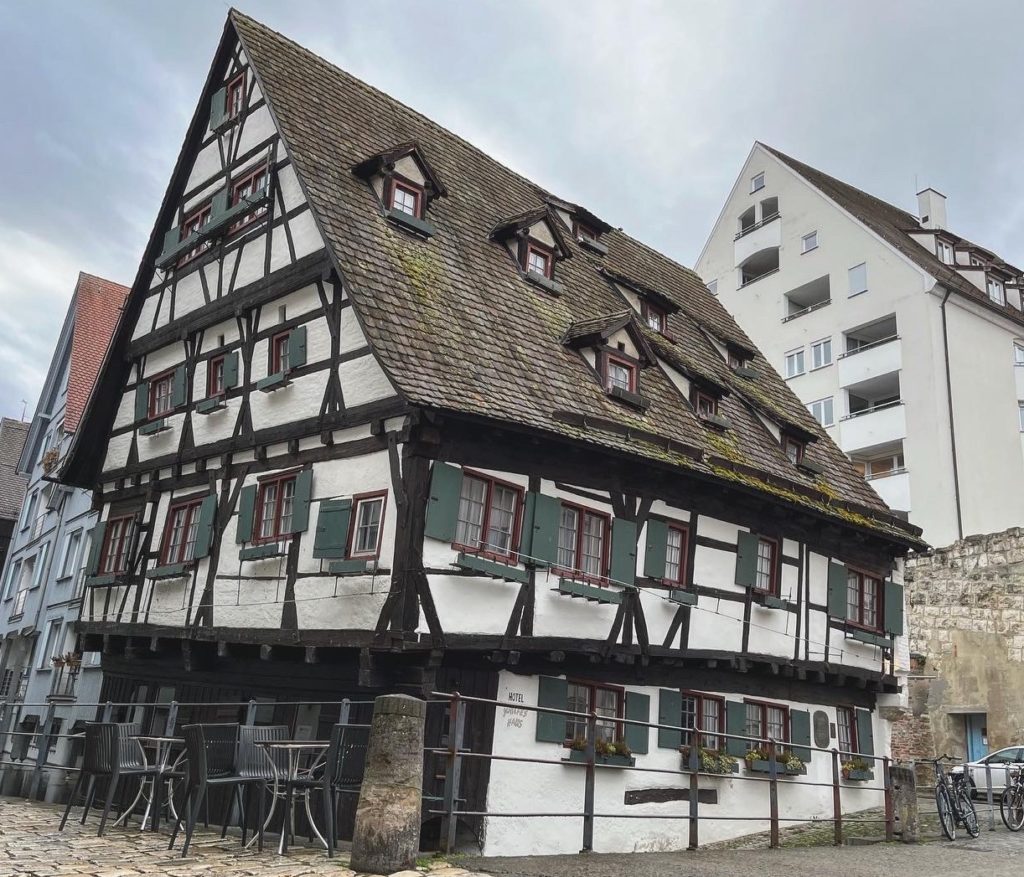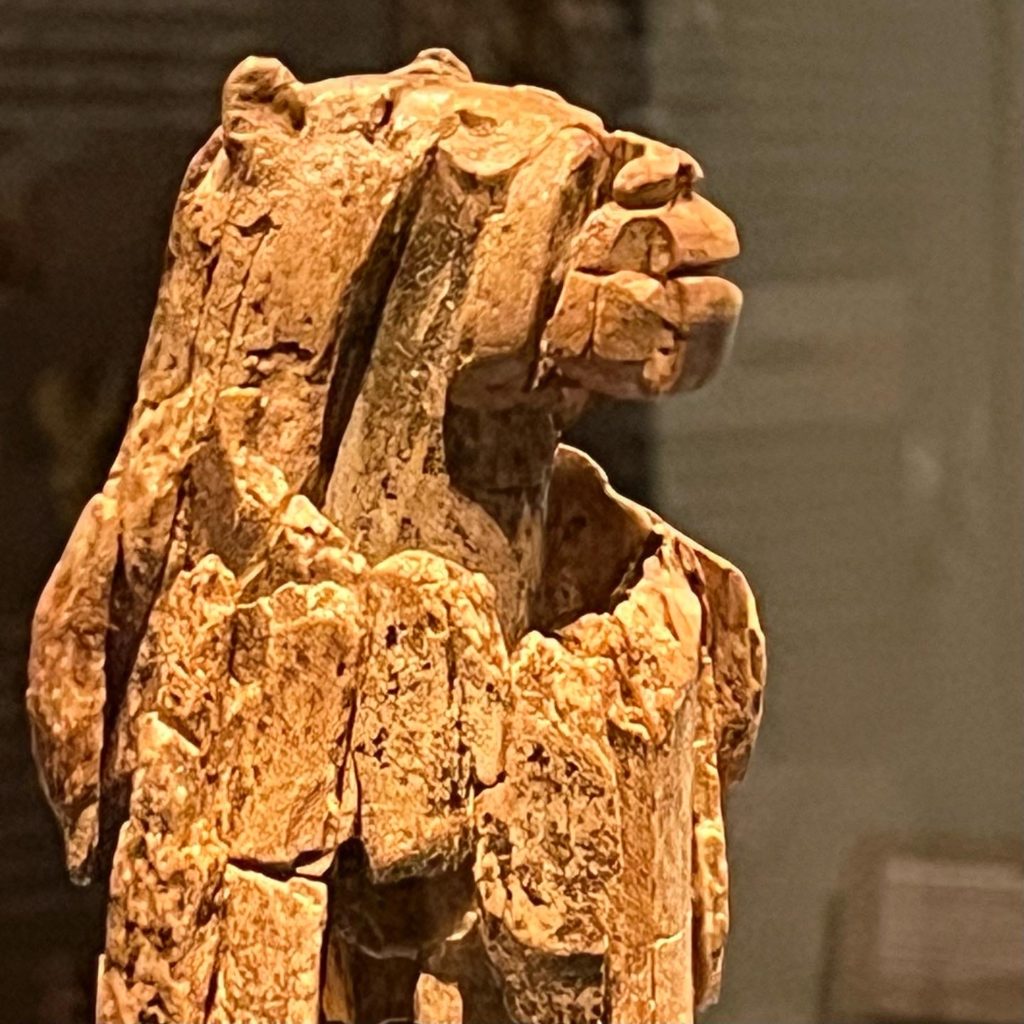
Continuing on from Baden-Baden, the next stop on my trail was Ulm, Germany – home of the Löwenmensch (Lion Man) of Hohlenstein-Stadel, the reason for my trip.
Located roughly halfway between Stuttgart and Munich, this small city in the state Baden-Württemberg sits along the Danube River with the state of Bavaria on the other side.
Ulmer Münster
Folks who have heard of Ulm probably know it for its cathedral. Dating back to the 1300s, Ulmer Münster is the tallest church in the world and the fifth tallest structure built before the 20th century. Its steeple, the most prominent landmark in the city – and a great marker for orientation during my visit, measures more than 160m high.
Find out more at ulmer-muenster.de.

The Lion Man at Museum Ulm
The cathedral is certainly worth a look, but that was not the what drew me to Ulm. I was there to visit Museum Ulm, only a few minutes walk from the Ulmer Münster but offering a chance to journey even further back in time. At Museum Ulm was the Lion Man.
The oldest known work of anthropomorphic art and considered by some experts to be the oldest known example of figurative art, this 40,000 year old sculpture carved out of mammoth tusk is the largest known sculpture from the Ice Age. Pieced together from fragments found in a cave just outside of Ulm, the Lion Man was sight to behold and to ponder. Who made this and why? What does its creation say of downtime and leisurely pursuits among so-called cavemen? Did it have religious significance? Was it unique or merely the only one of its kind yet to be found or still in existence?
I’ve got a ton of questions about this thing. Just imagining somebody so long ago spending their time to make this fascinates me. I’m not one for bucket lists, but this prehistoric work of art is definitely the stuff of such pursuits.
I would have been satisfied to have left Ulm after viewing the Lion Man, but I’m glad to have stayed to check things out around town. Museum Ulm in and of itself was interesting. Along with special exhibitions, the museum tells the history of the city through its extensive collection of artwork and artefacts, from prehistory through to now with a significant emphasis on the 16th to 19th centuries. When I visited there was an excellent Protest! Design exhibition focused on “resistance and protest in contemporary international culture.”
Note: at the moment the museum is closed for renovations and due to reopen late in 2025.
Details at museumulm.de.
Fischerviertel and the Hotel Schiefes Haus
While in Ulm, I stayed in the Fischerviertel (Fisherman’s Quarter), a part of town just inside Ulm’s ancient city walls lining the Danube. This area dates back to medieval times with significant number of timber framed buildings remaining. One of these is Hotel Schiefes Haus, a hotel set in a 15th century house set atop a trout-filled canal. The hotel is famous for being awarded by the Guinness Book of Records in 1997 as the “most crooked hotel in the world”. I’m pleased to report the rooms in this 15th century building are modern with level floors and expected comforts.
More about the Fisherman’s Quarter and Hotel Schemes Haus at ulm.de and hotelschiefeshausulm.de.
I’ll return soon with a roundup of my Tracking the Lion Man series soon. Thanks for giving this post a read!




















